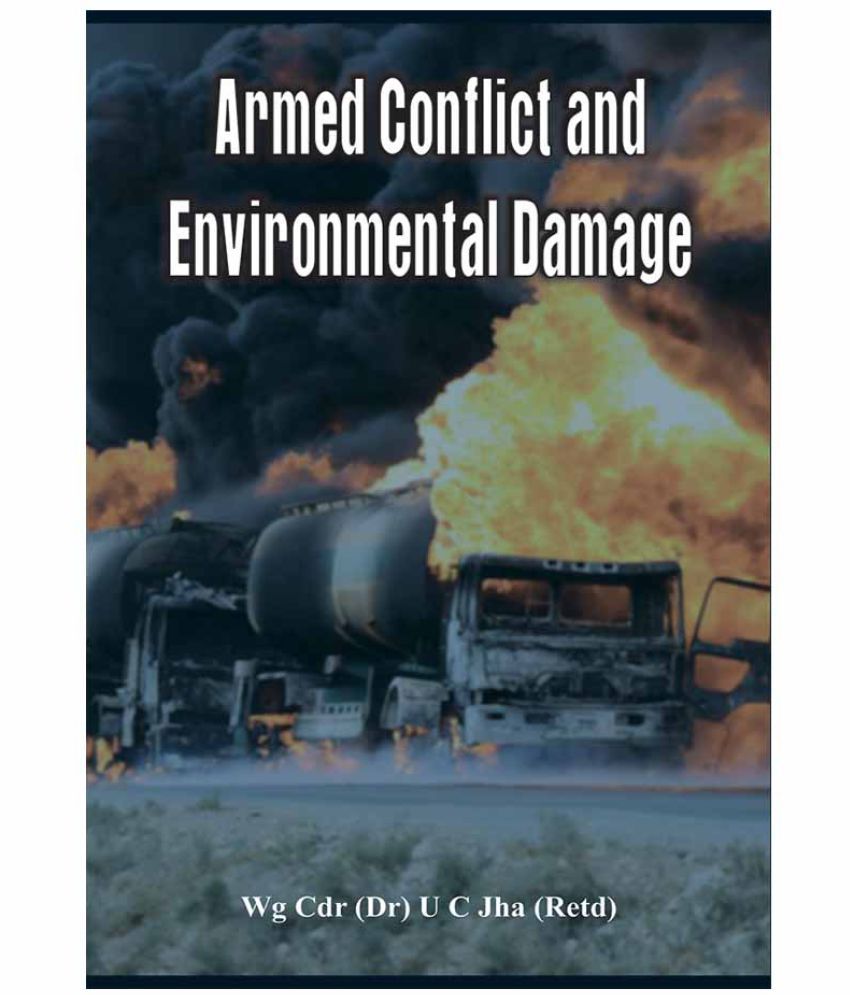


Academic Hugo Slim, for instance, argues that it is important that ”we increasingly place human need in the wider context of ecological ethics.”ĭrawing on additional international laws linked to human rights and the environment, the newly adopted “UN Guidelines for the Protection of the Environment in Relation to Armed Conflict” (PERAC) seek to make up for the low priority previously given to the environment. While the focus on human protection is understandable, the importance of the environment is underestimated. IHL does include obligations related to the environment for NSAGs that control territory and hold de facto authority, but observers argue that IHL is too anthropocentric. But environmental concerns do not rank high when engaging these groups.

It is not unusual that international organizations and NGOs engage with NSAGs for humanitarian reasons, holding them accountable according to International Humanitarian Law (IHL). These conflicts are part of complex emergencies, fueling and being fueled by stress on natural resources reinforced by climate change and environmental degradation poverty and lack of environmental regulation. The toll of violent conflict is cumulative: new ones appear faster than old ones are resolved. In 2020, the International Committee of the Red Cross identified around 100 armed conflicts globally, involving 60 states and more than 100 non-state armed groups. Up to 160 million people live in areas under the direct control of non-state armed groups or in areas where such groups contest state control. We need to know more about the functioning and efficacy of NSAGs environmental governance to understand how they could help mitigating environmental deterioration during and after conflict.The adoption of the UN principles for the protection of the environment in relation to armed conflict can provide an avenue for constructive engagement. Enhancing NSAGs role in environmental protection will require future engagement by humanitarian actors.Beyond detrimental impacts, the insecurity they create can keep exploitation of forests at bay they protect environment to enhance legitimacy and recruitment or they engage in protection as a political vision. NSAGs have mixed records of relating to the environment.


 0 kommentar(er)
0 kommentar(er)
